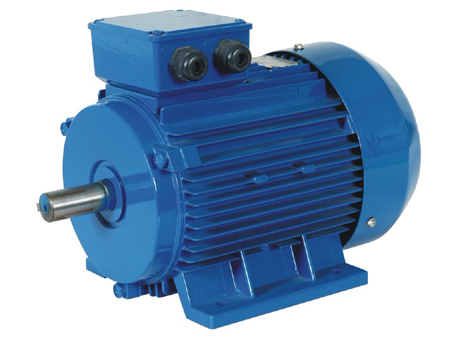Synchronous motors. A synchronous electric motor is one in which the rotor normally rotates at the same rate as the revolving field in the device. The stator is similar to that of an induction machine comprising a cylindrical iron framework with windings, usually three-phase, located in slots around the inner periphery.
usually, synchronous motors are used for applications where precise and constant speed is required. Low power applications of these motors include positioning devices. These are also applied in robot actuators. Ball mills, clocks, record player turntables also utilize synchronous motors.
The principle of operation of a synchronous engine can be understood by taking into consideration the stator windings to be connected to a three-phase alternating-current supply. The result of the stator current can be to establish a magnetic field rotating at 120 f/p revolutions per minute for a frequency of f hertz and for p poles. A primary current in a p-pole field winding on the rotor will also produce a magnetic field rotating at rotor acceleration. If the rotor swiftness is made equal to that of the stator field and there is no load torque,  these two magnetic fields will tend to align with one another. As mechanical load is certainly applied, the rotor slips back again several degrees with regards to the rotating field of the stator, developing torque and continuing to become drawn around by this rotating field. The position between the fields raises as load torque is usually increased. The Leaf Chain maximum available torque is accomplished when the angle where the rotor field lags the stator field is certainly 90°. Program of more load torque will stall the electric motor.
these two magnetic fields will tend to align with one another. As mechanical load is certainly applied, the rotor slips back again several degrees with regards to the rotating field of the stator, developing torque and continuing to become drawn around by this rotating field. The position between the fields raises as load torque is usually increased. The Leaf Chain maximum available torque is accomplished when the angle where the rotor field lags the stator field is certainly 90°. Program of more load torque will stall the electric motor.
One benefit of the synchronous electric motor is that the magnetic field of the machine can be produced by the immediate current in the field winding, to ensure that the stator windings need to provide just a power component of current in stage with the applied stator voltage-i.e., the motor can operate at unity power aspect. This problem minimizes the losses and heating in the stator windings.